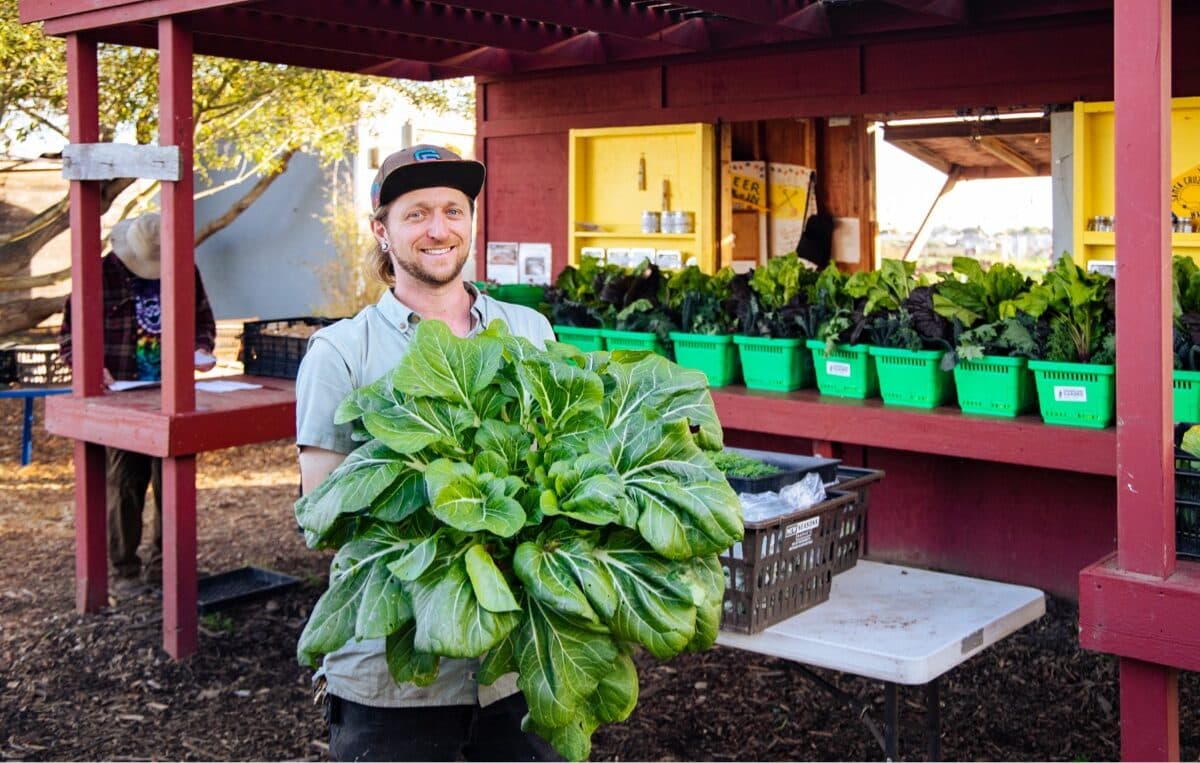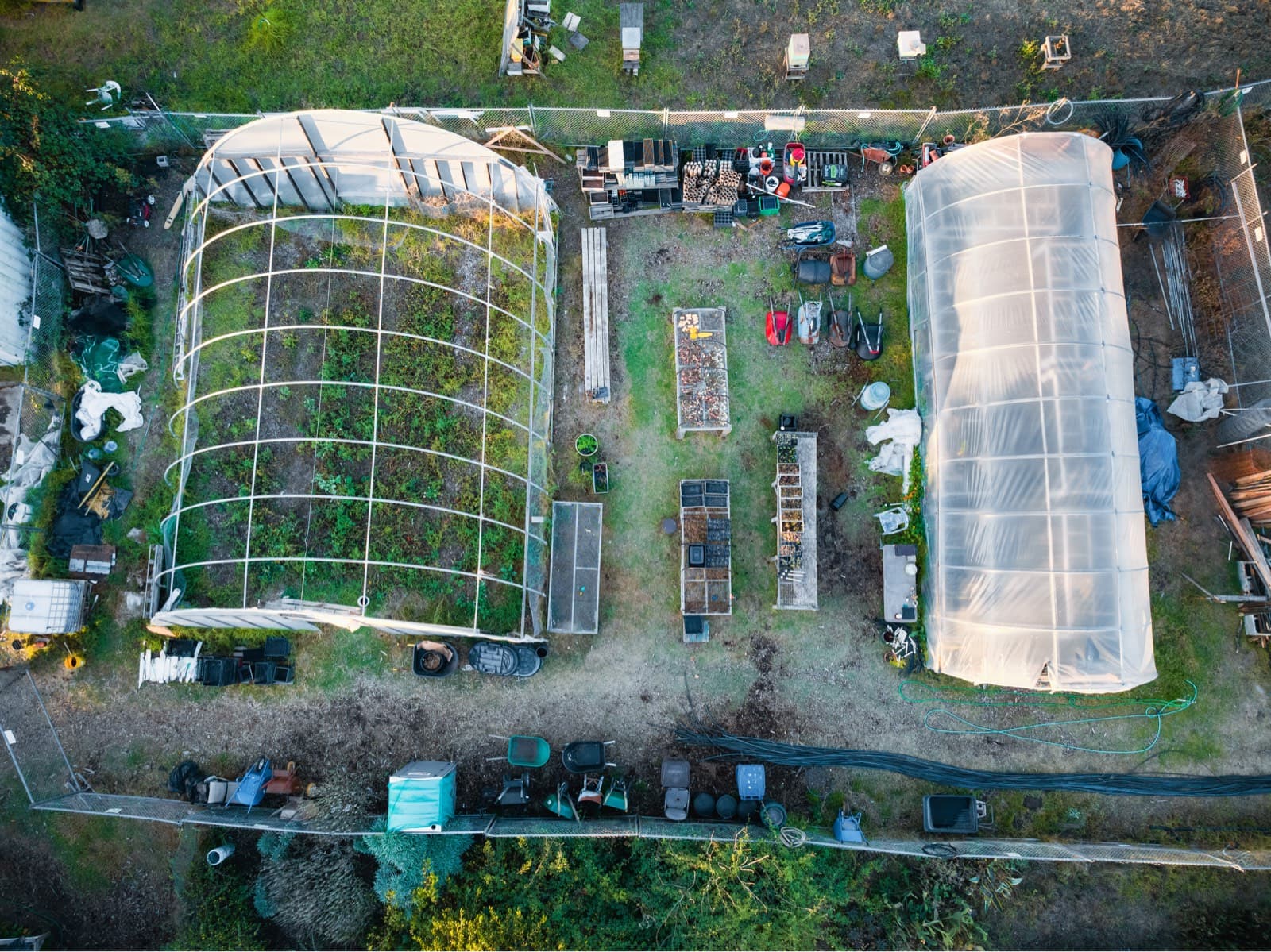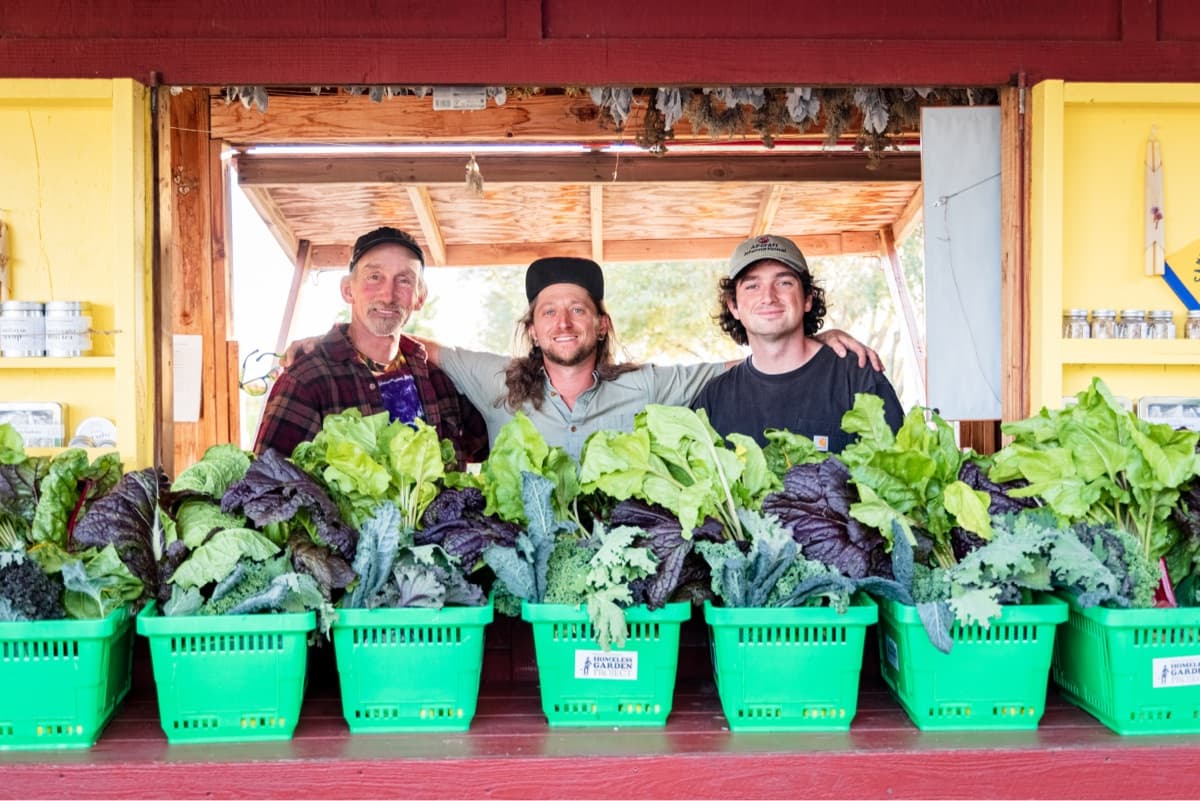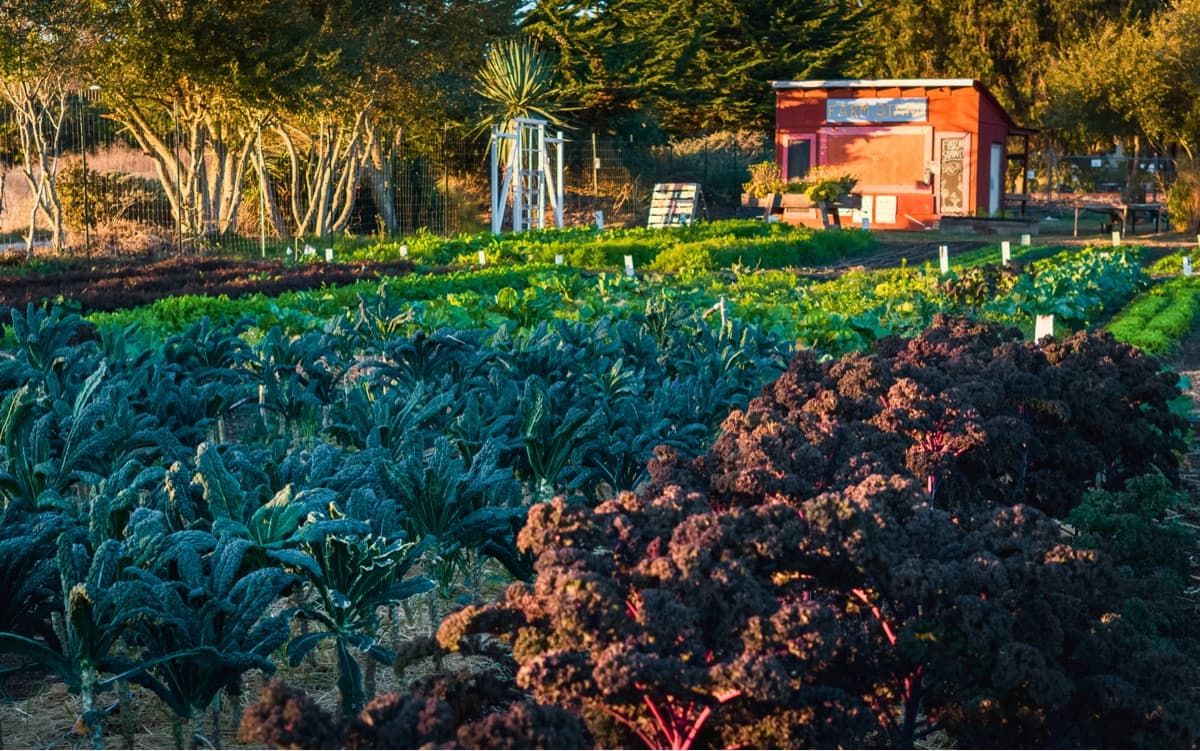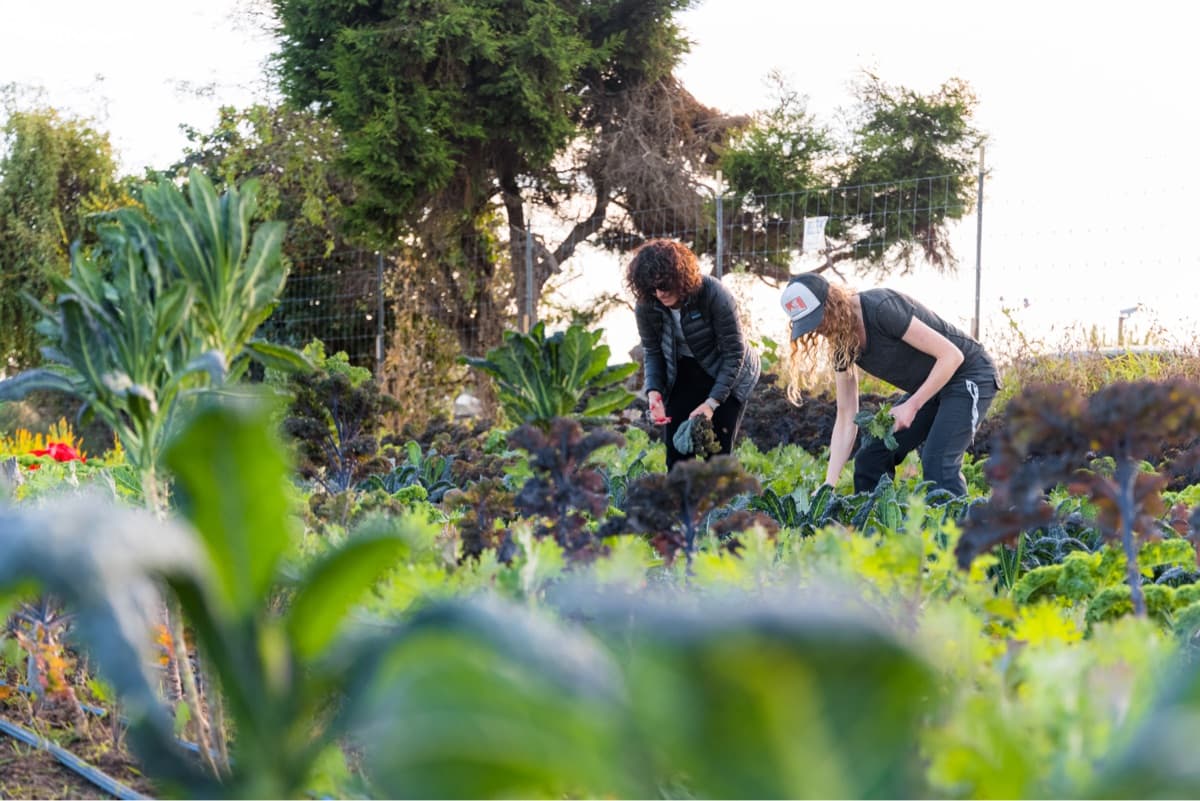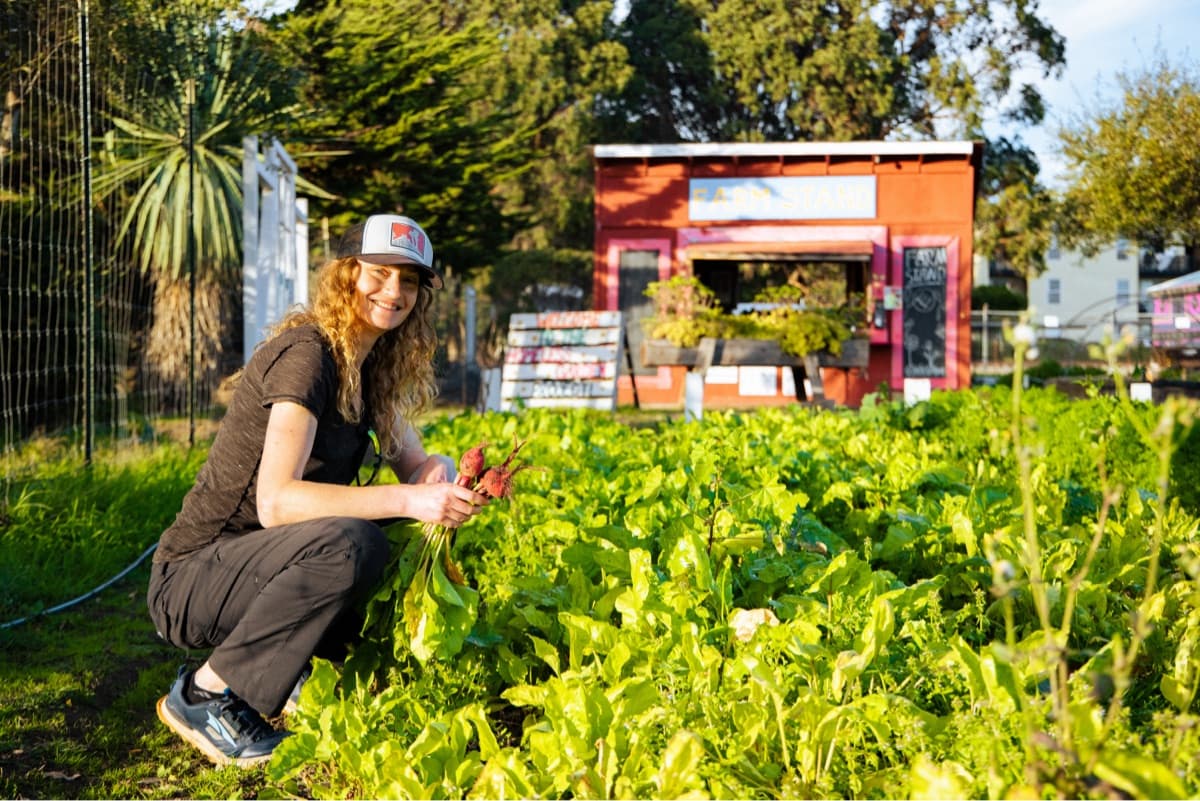In this exclusive interview, David Dennis sits down with Darrie Ganzhorn, the executive director of the Homeless Garden Project. This organization has been tirelessly addressing misconceptions about homelessness and providing transformative opportunities for over 30 years. Join us as we explore their history, mission, and the remarkable journey of their trainees.
DD: Darrie, thank you for taking the time to chat with us. The Homeless Garden Project has been instrumental in helping individuals experiencing homelessness get back on their feet for more than three decades. You’ve been part of this journey almost from the beginning, serving as the executive director for the past 15 years. Drawing from your extensive experience, could you shed light on some common misconceptions people have about homelessness?
Darrie Ganzhorn: Many individuals genuinely care about and want to address the issue of homelessness, but there are often misunderstandings and sweeping generalizations. I frequently encounter a tendency to perceive one person experiencing homelessness as a representative of the entire homeless population, often unfairly assigning blame. When I think about the people we serve, I see individuals who have faced significant challenges and have displayed remarkable humility. They are often more generous than many people I know, always willing to help their friends and peers. I witness their tremendous courage and resilience, as they’ve endured substantial losses but continue to hold onto hope, striving to rebuild their lives.
We hold weekly circle meetings, which bring together everyone involved in the Project’s job training and transitional employment program, including staff and volunteers. In these meetings, I’ve had the privilege of hearing the wisdom shared by our trainees. Our crew members are deeply committed to their work, demonstrating dedication and pride in their tasks. Many of them have experienced neglect or trauma due to their homelessness, leading to profound emotional scars. One trainee, who had battled addiction for years, shared his journey to sobriety with me, describing how he felt “naked” without his addiction. Joining the farm community was an opportunity for him to learn how to navigate public life and regain his sense of self. The farm provides a safe space for this vital transition, focusing on fostering a sense of acceptance and belonging.
DD: Could you provide an overview of the Homeless Garden Project’s history and mission?
Darrie: Certainly, our mission is encapsulated in the phrase, “In the soil of our urban farm and garden, people find the tools they need to build a home in the world.” Our vision statement emphasizes our aspiration for a thriving, inclusive community, workforce, and local food system. We deeply value the potential for personal growth and renewal in all individuals, the joy derived from cultivating and sharing healthy food, and the well-being that flourishes within vibrant social and natural ecosystems.
As for our history, the foundation was laid before my tenure and has been passed down through oral history. Paul Lee, a visionary and founder, initiated the Project in 1990. His involvement in addressing homelessness issues began when several individuals in our county initiated a hunger strike due to the lack of shelter for people experiencing homelessness. In response, Paul and a group of friends, particularly a collection of ministers, took action. Paul, who had previously been a professor of Philosophy and Theology at UC Santa Cruz, collaborated with his friends to create the Citizens Committee for the Homeless and established the first homeless shelter in Santa Cruz County.
As they spent nights at the shelter, Paul noticed the intense, raw energy that enveloped the shelter in the mornings. He likened it to the streets of New York City upon awakening. With his love for gardening and involvement in the founding of the CASFS program at UCSC, Paul envisioned the concept of a garden for those experiencing homelessness, a place offering serenity and beauty. A friend who owned an herb nursery in the San Luis Obispo area offered to provide some plants, setting the project in motion.
Paul eventually secured a 3-acre plot of land, mainly unused but partially designated for community gardens, across from Lighthouse Field. Lynne Cooper (formerly Basehore) reached out to Paul and requested him to plant a tree for Arbor Day, leading to her active involvement in the Homeless Garden Project’s foundation. Lynne, a visionary leader, spearheaded the establishment of the framework on the site, designed programming, assembled the staff, and introduced circle meetings for participants. Her leadership was instrumental in the Project’s early years, as she oversaw trainees’ work on the farm and sales at the farmer’s market until 1995. We’ve since continued to thrive, serving as a model for service providers, city leaders, and individuals across the country interested in replicating our efforts. We’re even featured in an exhibit at the Smithsonian National Museum of Natural History, titled “Our Places: Connecting People and Nature.”
DD: Is Paul still involved with the project?
Darrie: I regret to inform you that we lost Paul last year.
DD: I’m sorry to hear that. How old was he?
Darrie: Paul was 91 at the time of his passing.
DD: Did he remain in Santa Cruz, and was he actively engaged with the farm?
Darrie: Paul stayed connected to the Project throughout his life. He served on our Board of Directors and continued to contribute as a visionary. He was a maverick who danced to his own tune, a characteristic shared by many visionaries. I consider the idea he had for the Homeless Garden Project to be one of the most potent concepts I’ve encountered in my life. It’s brilliant how this work generates multiple positive impacts.
DD: How did you become involved with the Homeless Garden Project?
Darrie: After having my children, I felt a desire to transition my career towards something that could drive social change. I came across a book by Myles Horton titled “Unearthing Seeds of Fire,” where he stressed the importance of bringing together individuals facing common issues and empowering them to discover their own solutions. His approach was empowering, built on respecting people’s knowledge and wisdom. At the time, I had two young children, aged four and seven, and I first learned about the Homeless Garden Project at the Resource Center for Nonviolence. When I visited the farm, I witnessed a beautiful community working together, and I offered to create a newsletter for the Homeless Garden Project, hoping to increase awareness of the work being done there.
Inspired by Myles Horton’s principles, I wanted to amplify the voices of trainees within the program. So, during a circle meeting, I requested their participation in the newsletter, expecting enthusiasm from many. However, only one person, Bill Tracey, a Vietnam War veteran, expressed interest and contributed a powerful piece titled “A Day in The Life of the Homeless Garden Project.” I also conducted interviews with other individuals to ensure their voices were heard in the newsletter, which was circulated as an insert in the Comic News, reaching 5,000 copies distributed throughout the county. It was a valuable opportunity for me to learn from trainees about their experiences, hopes, and aspirations, providing them with a platform for sharing their stories, which the Project had not offered at the time. Thankfully, they eventually hired me.

